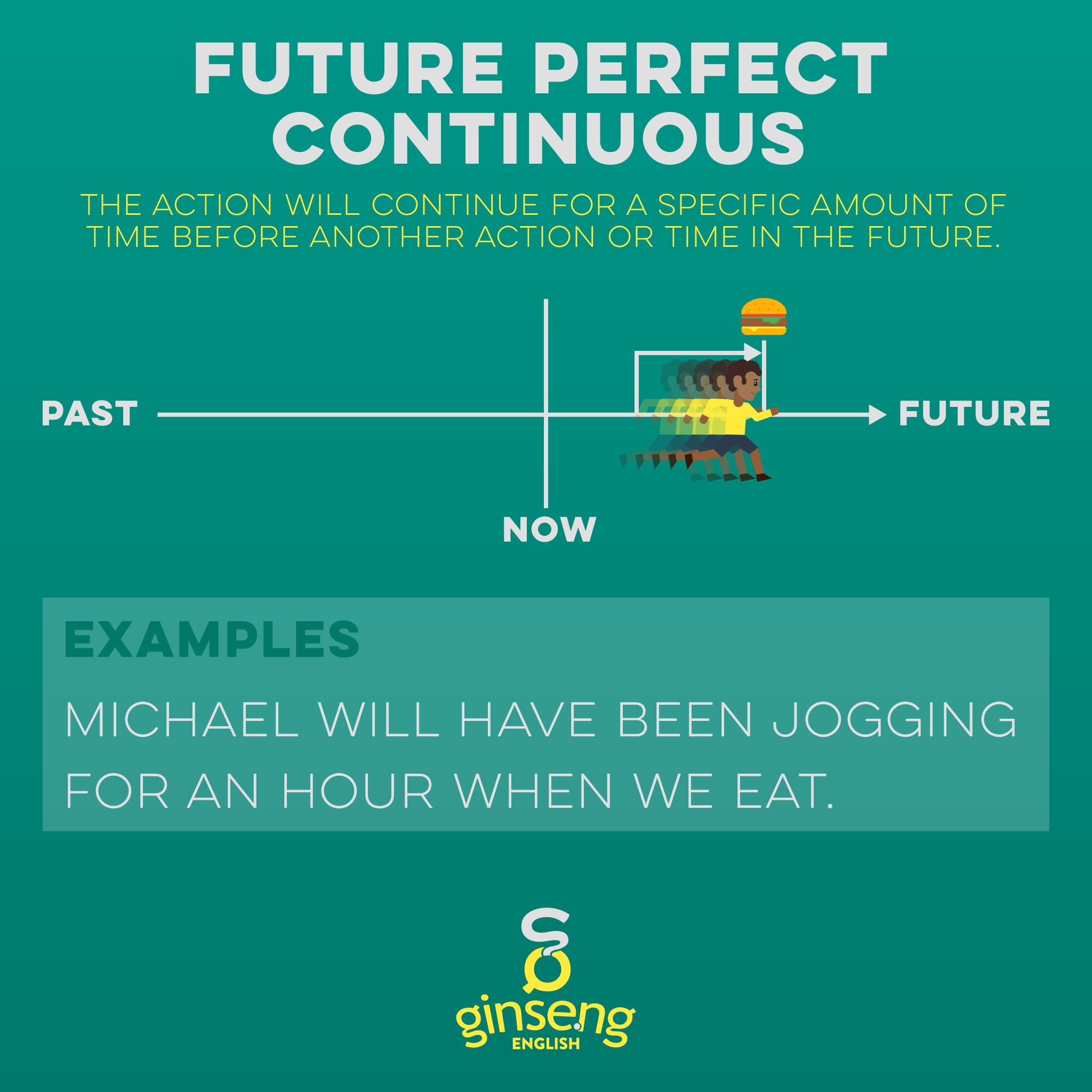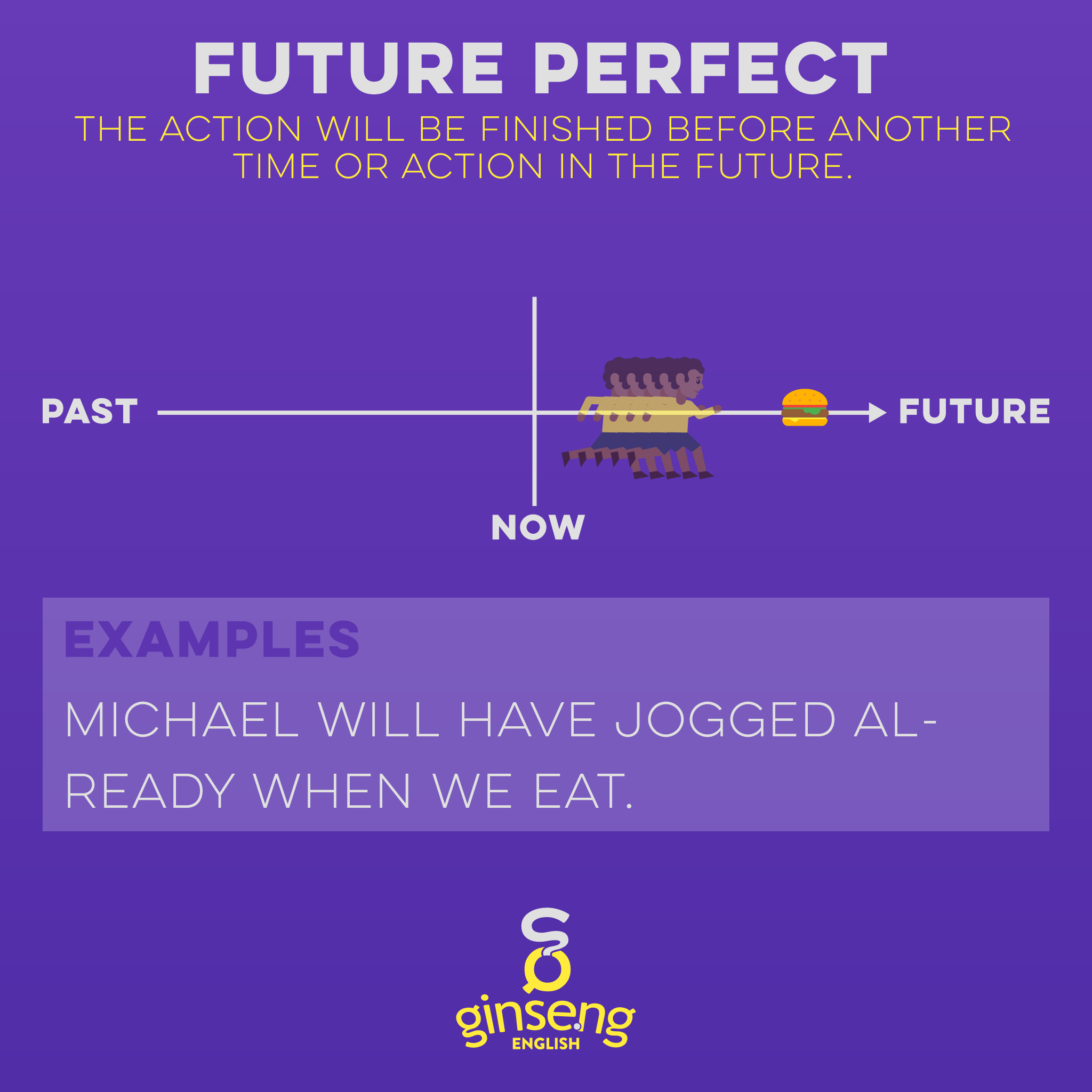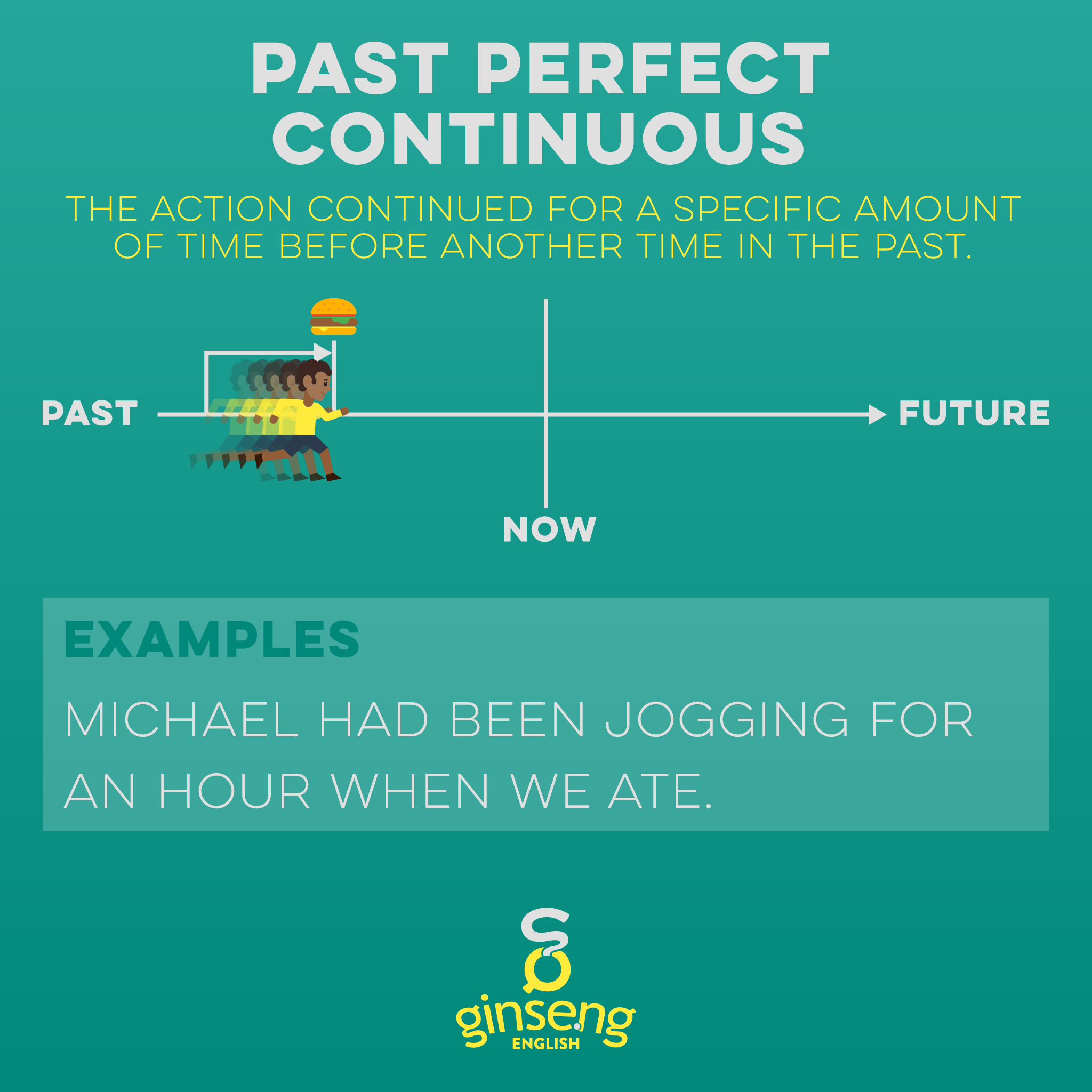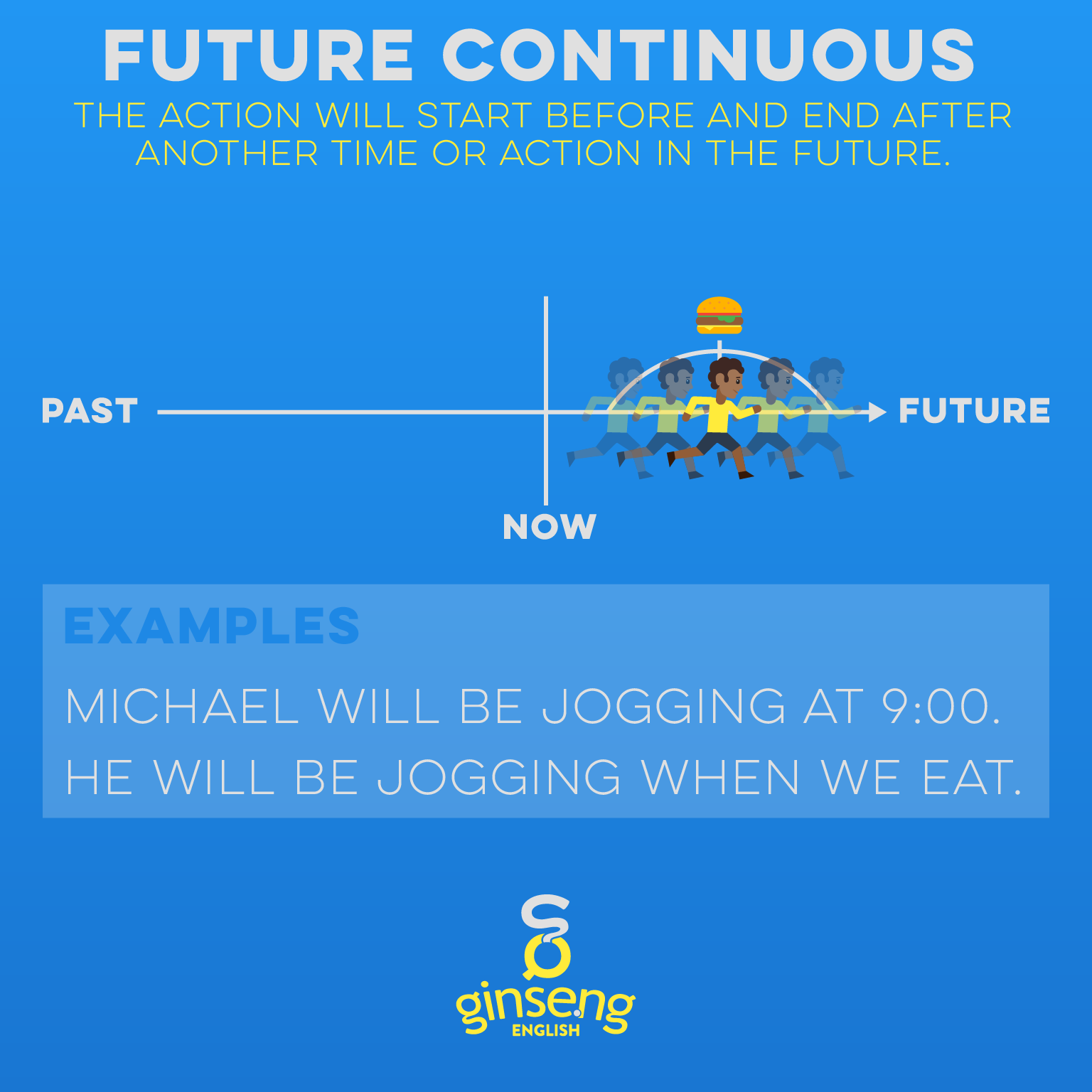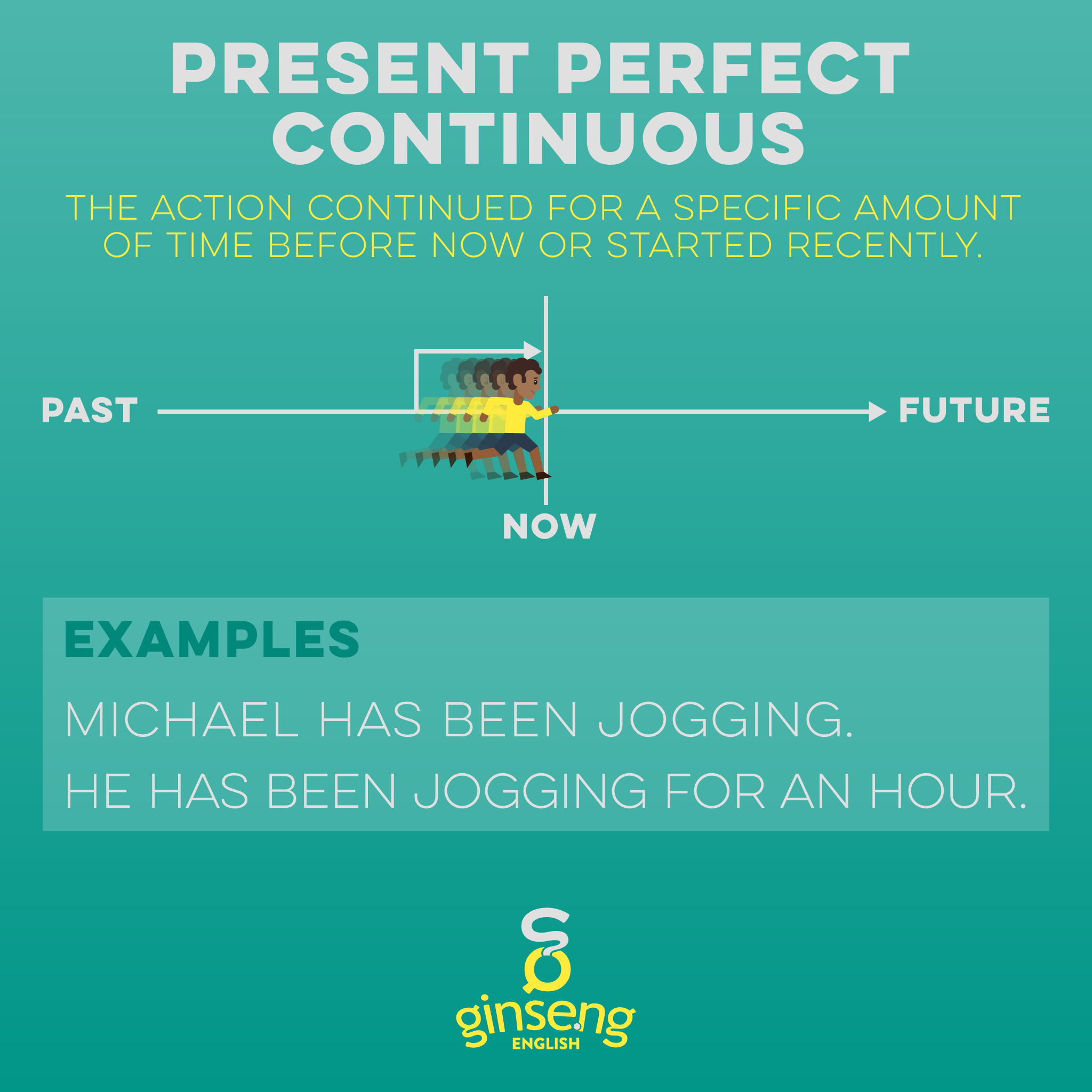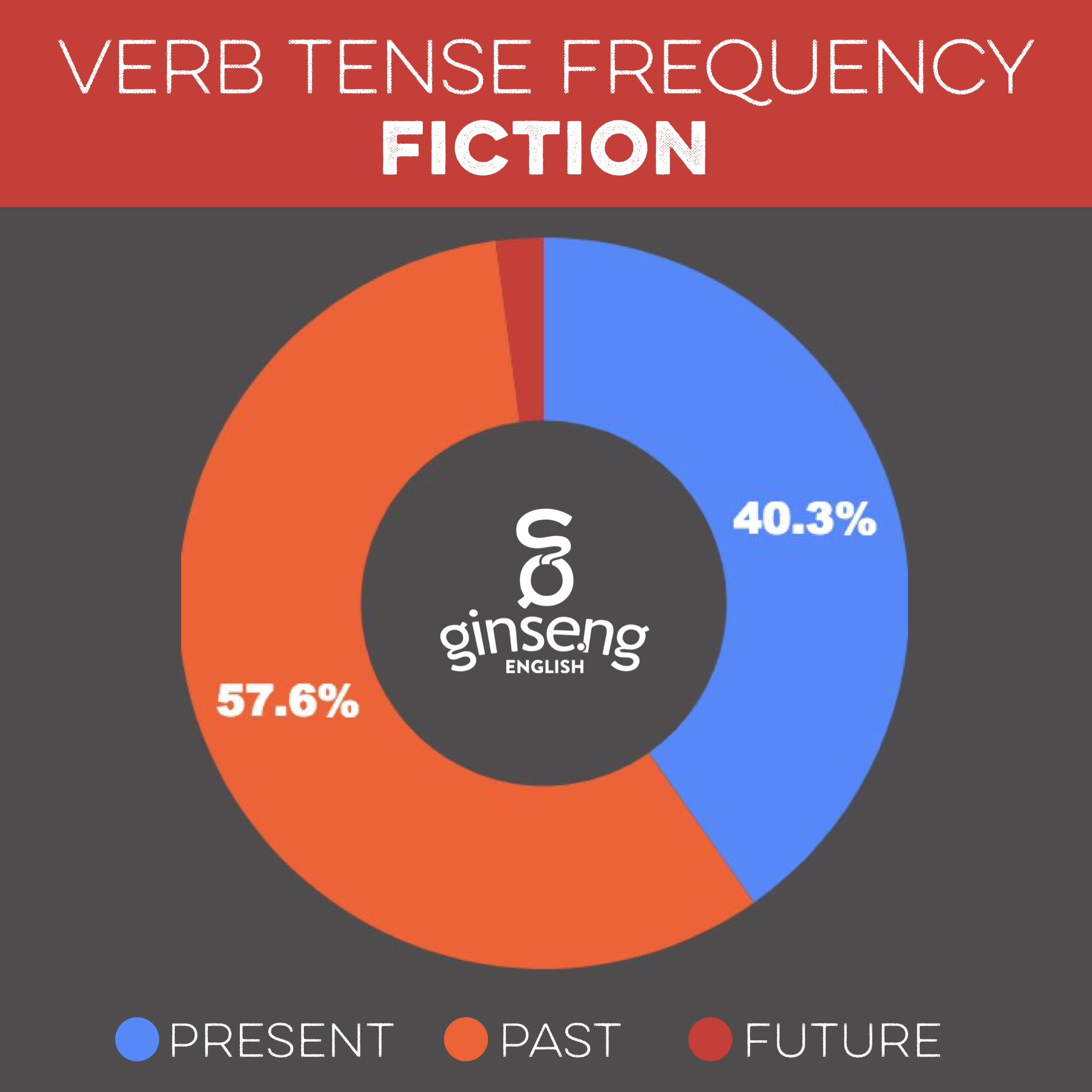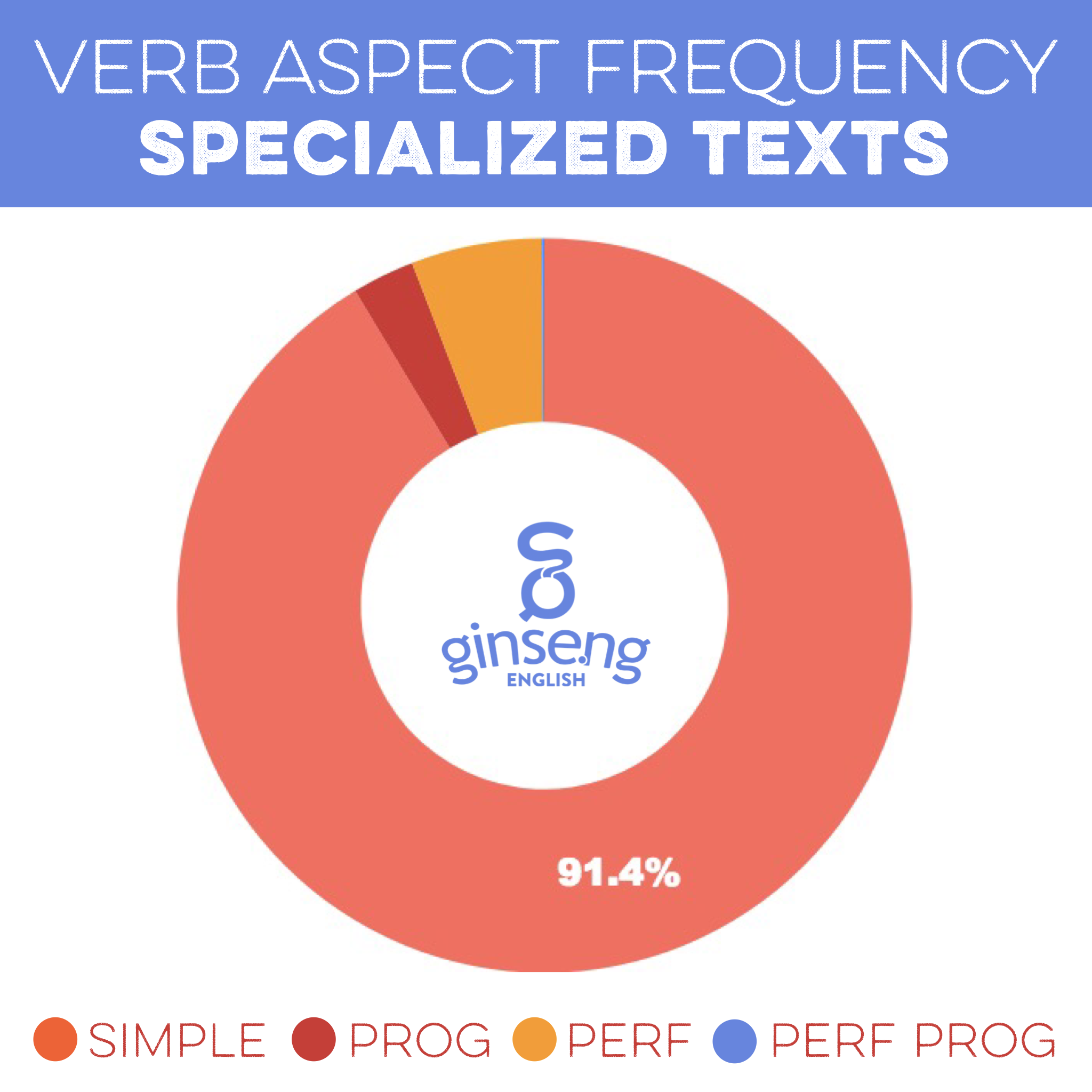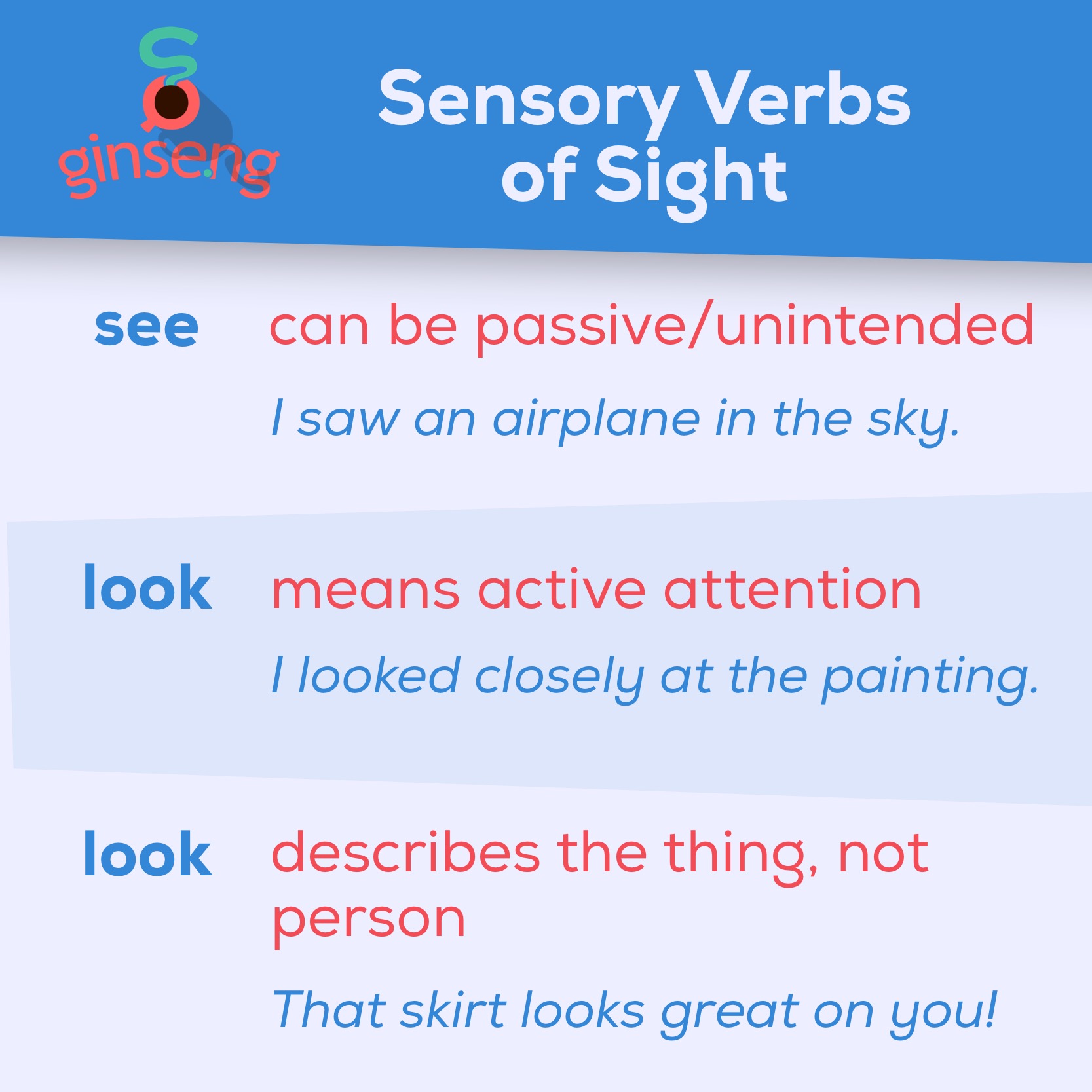This article is intended to give you a sense of the type of curriculum and program consulting work that we at Ginseng have done in the past, and can do for you!
Our team of ESL and curriculum consultants all have advanced degrees in relevant fields (TESOL, applied linguistics, education, instructional design), as well as decades of experience planning, designing, implementing, and evaluating programs in a range of contexts. These contexts include K-12 schools, adult education/ESOL, post-secondary/higher education, English for specific purposes, intensive English language programs (IELPs).
Areas that we can help you with include:
Program design
Curriculum development
Assessment design and development
Grant writing/funding
Program evaluation
Reporting for funders and other stakeholders
Preparing a General ESL Curriculum for CEA Accreditation
Over the course of a 3-month contract, we helped a small independent language school to prepare their existing 5-level general English curriculum for accreditation with CEA. This work included improving the documentation of the existing curricular objectives, instruction, and assessments. It also included work to align and sequence the program progression. Finally, it included writing text for submission as part of the CEA self-study report.
Planning and Writing a Textbook Series for a Private Language School
Over the course of a 6-month contract, Ginseng developed a new coursebook series for a chain of private English language schools in North America. First, our team systematically evaluated the needs of the company, evaluated their current textbook series. We then planned a 6-level scope and sequence for the new series. We then designed and wrote the first book in this series, including all graphic design work. This project is ongoing.
Developing a Workforce ESOL Program
Members of our consulting team worked with a nonprofit community-based organization in New England to develop their first vocational/workplace ESOL program with two courses, one for restaurant workers and one for bus drivers. This project included work on grant-writing and reporting to funders and stakeholders.
Redesigning a Community ESOL Program with Life Skills Strands
Members of our team worked with a community-based organization to redesign their 6-level ESOL program to align with WIOA funding mandates. This complex project included the alignment of the existing curriculum to the College and Career Readiness Standards (CCRS), the development of an authentic assessment tool (which integrated with a communications/accountability plan), and the integration of “life-wide skills” across the curriculum.






